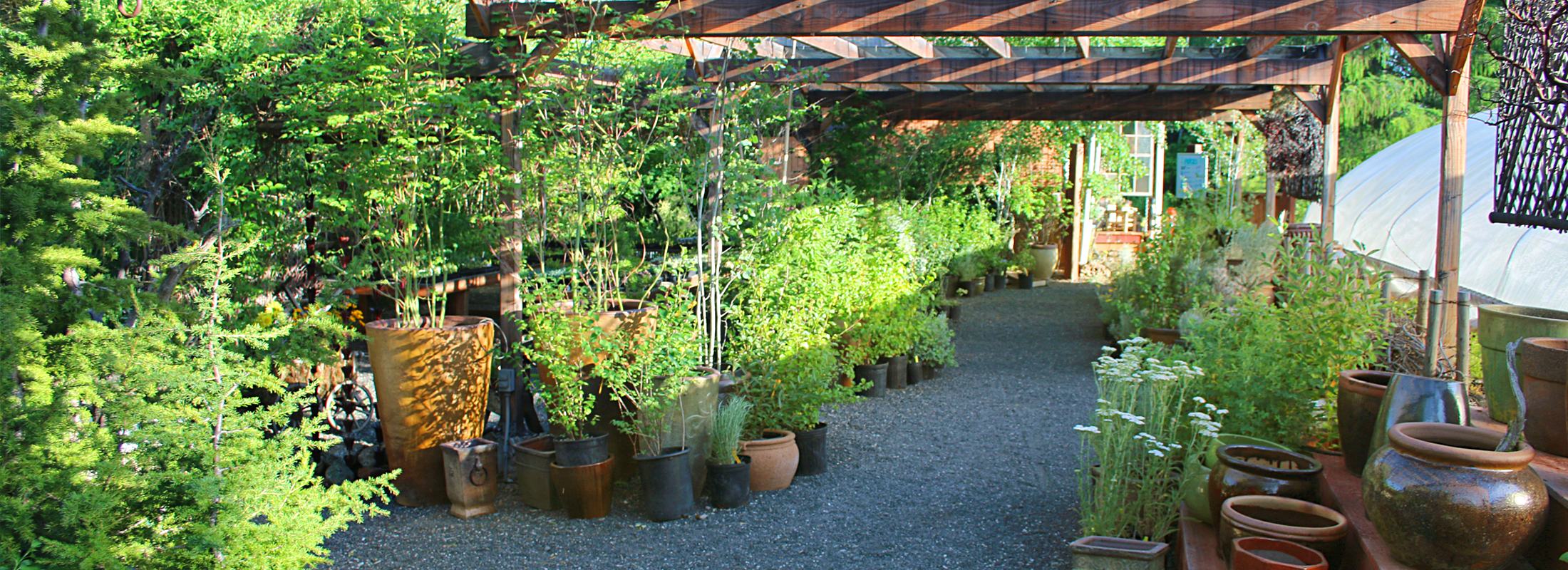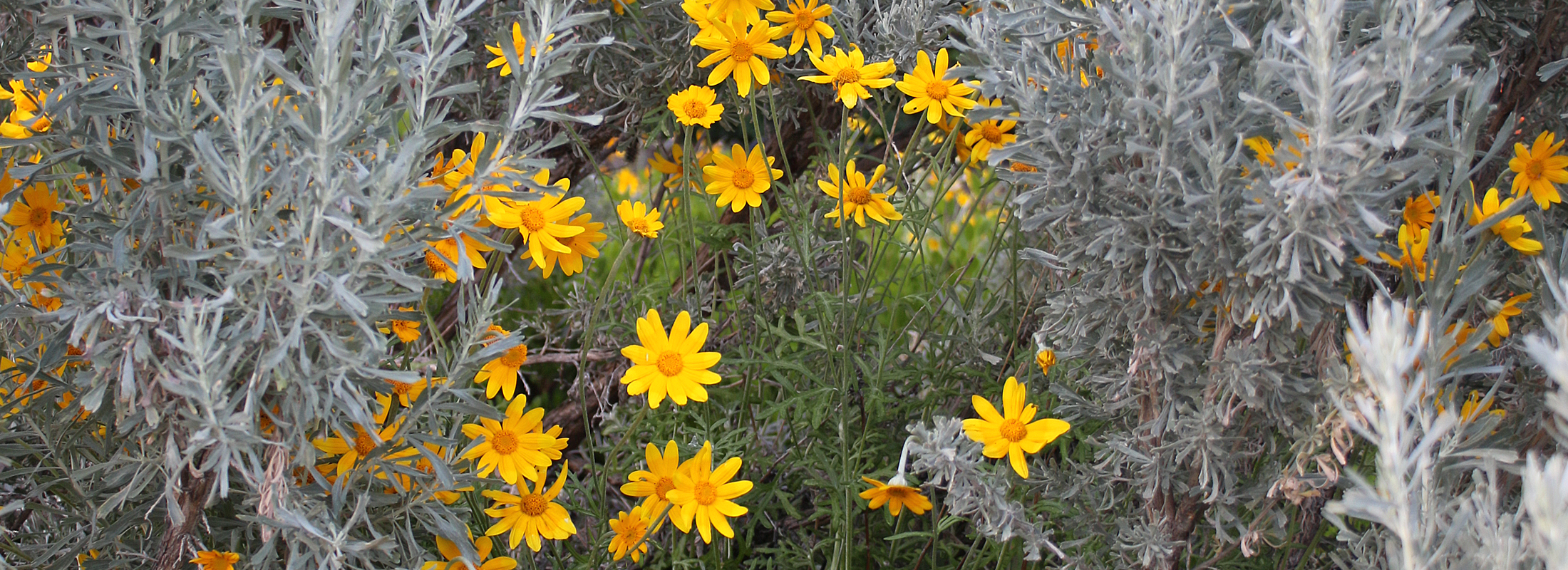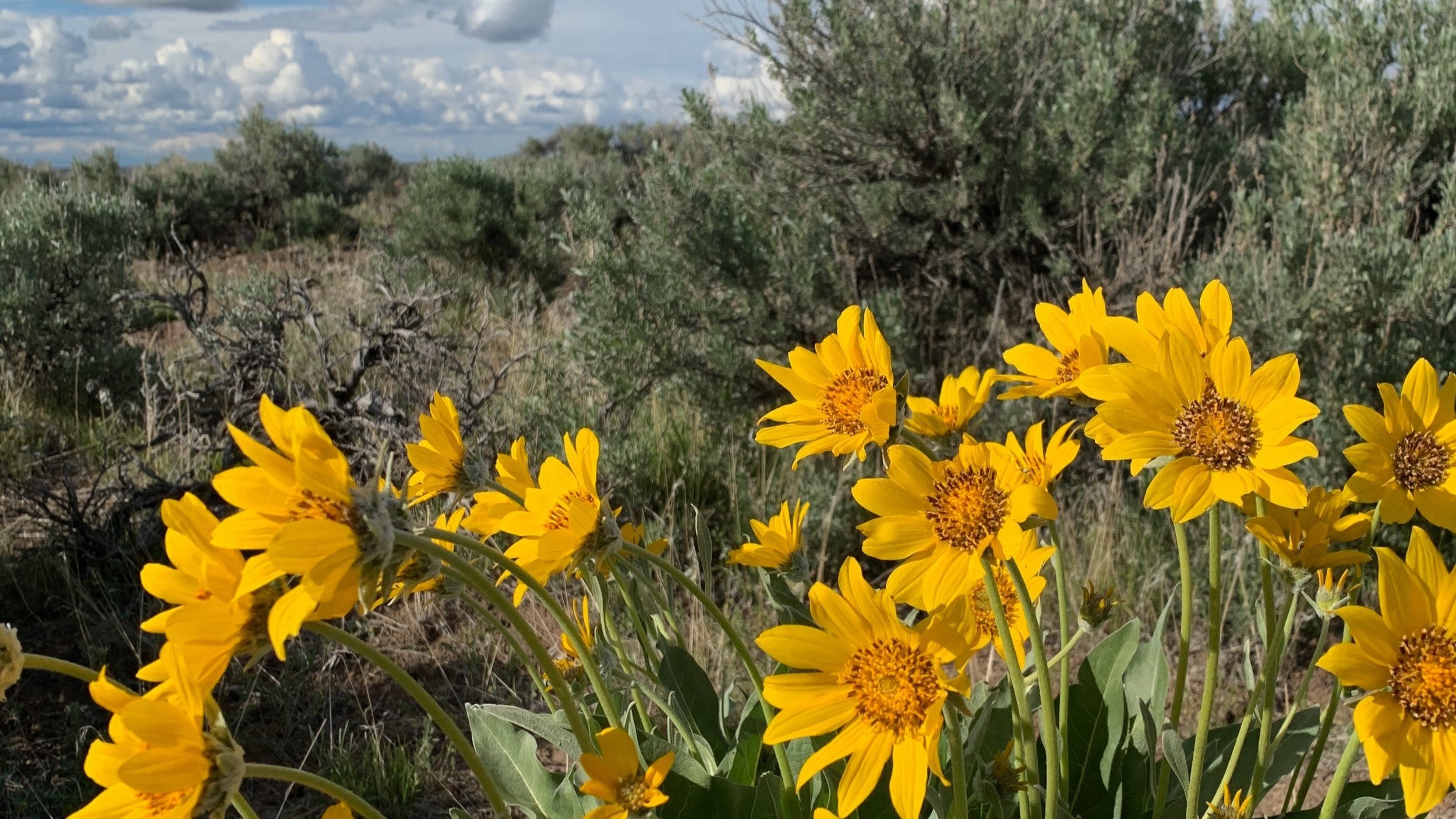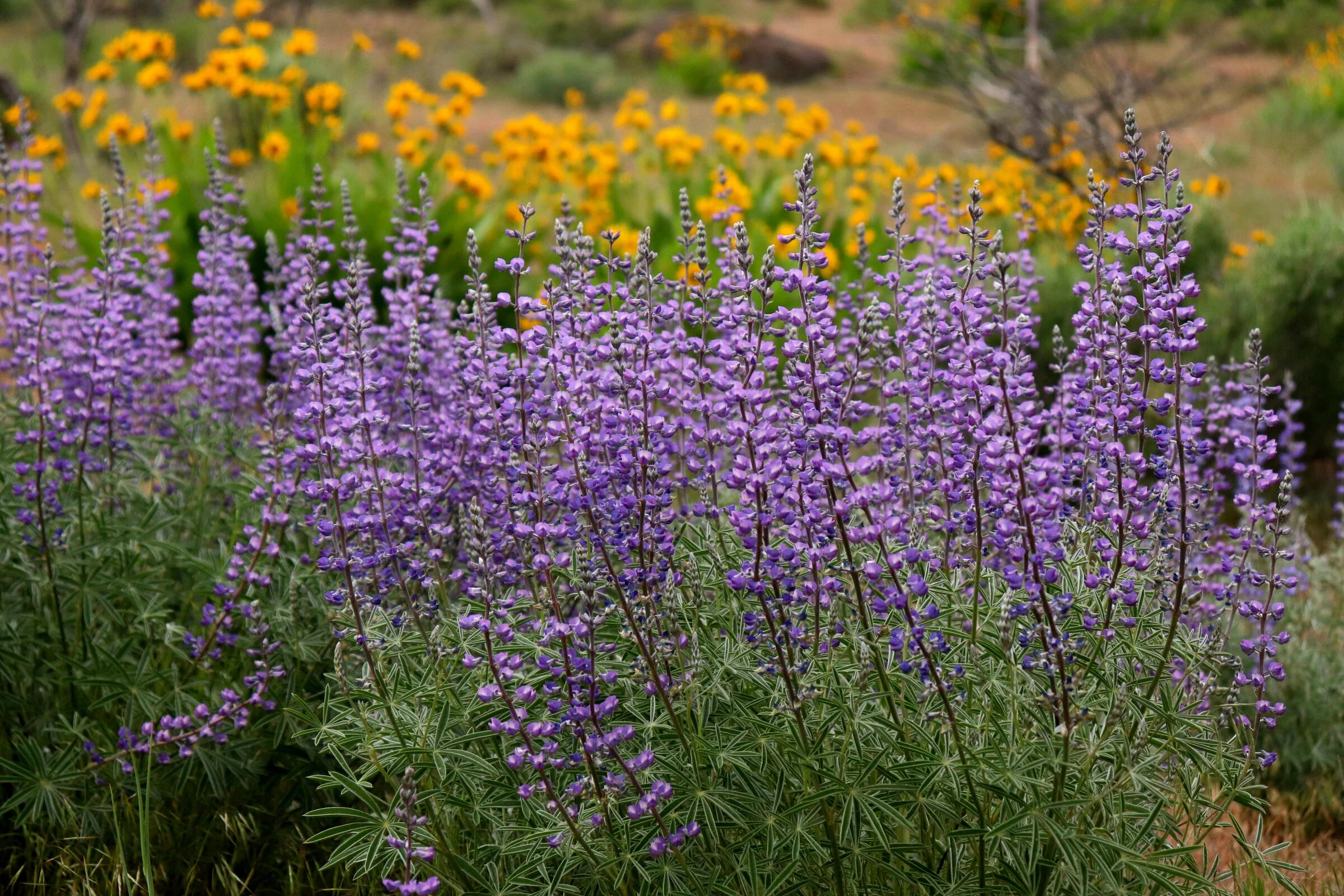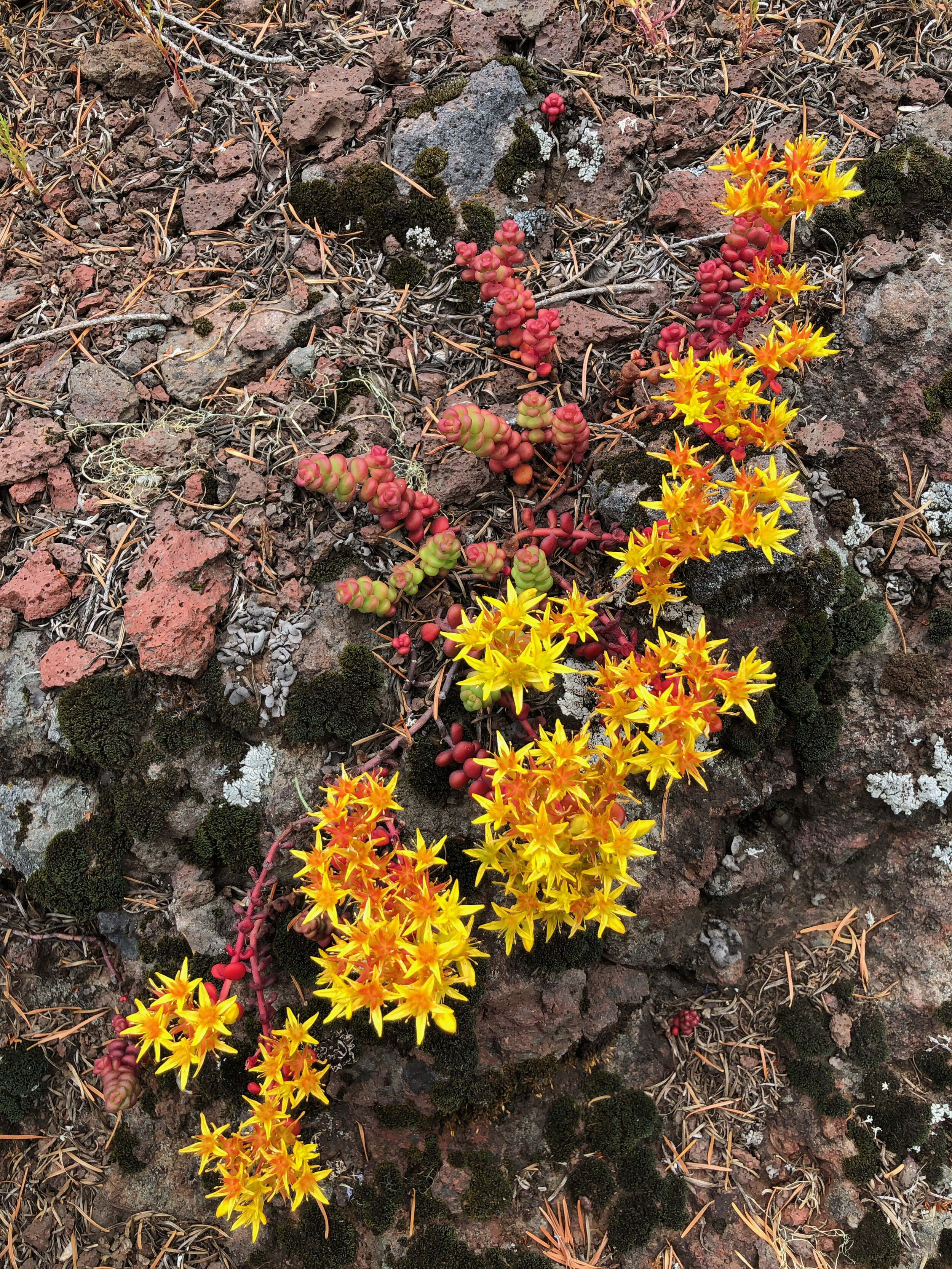Native Plant Propagation, Conservation, & Education
WinterCreek started in 1993 with the vision to provide native plants as an alternative for homeowners and contractors interested in working outside the norm. Over the following 30 years, WinterCreek grew to be the largest native plant nursery in central Oregon, and still propagates over 150 native species from seed collected throughout the dryland west by our own crew. Our mission remains the same — to provide native plants for restoration and created landscapes — but our approach continues to evolve.
In early 2024, WinterCreek Nursery became an integral part of the High Desert Horticultural Center (HDHC), a 501(c)(3) public benefit non-profit with the primary mission of inspiring ecological integrity and improving sustainability of urban landscapes by increasing the understanding of native vegetation in created landscapes. WinterCreek continues to provide plants to retail and wholesale customers, but profits now support this mission and the work of the HDHC.
Check out our sister site; www/HighDesertHorticulturalCenter.org for more information.
As WinterCreek continues to grow, so do the opportunities to train the next generation of conservation horticulturists. The nursery mission has stayed the same, but our approach continues to evolve and our impact continues to expand. Thank you for being part of this journey.
WinterCreek Nursery
Wintercreek Nursery has been providing locally grown high desert native plants since 1993. We focus on preserving local genetic stock, and propagate the majority of our plant material from seed or cuttings collected by our staff. Many of the propagation protocols we use have been developed by us over the past three decades of growing natives. And while many propagation techniques are similar to conventional production, growing native species sometimes requires creativity and a detailed understanding of the conditions in which individual species occur naturally.
Our nursery provides plants, seed, knowledge, and other garden goods to the public, contractors, plant brokers, and other retail outlets. We are open to the public from March through October.
High Desert Horticultural Center
The High Desert Horticultural Center is a research and education facility focused on native plant ecology, restoration, and landscapes in the high desert region of the west. Our mission is to increase knowledge of high desert ecosystems, and to advance the use of native vegetation in landscapes and restoration of natural areas.
The HDHC includes several primary operational areas that help us meet that mission. These include:
A full-scale commercial native plant propagation nursery providing educational opportunities in plant production, and a market for plant material to homeowners, landscapers, plant brokers, and land managers (this has been in place for 32 years),
Training and education in design and construction of native plant landscapes in collaboration with the Society for Ecological Restoration and the Oregon Landscape Contractors Board (20 years’ experience in this field),
A botanical garden providing educational opportunities for the public, and
Workforce development for regenerative landscapes, natural areas restoration, and conservation.
Our goal is to provide a center that operates as a regional hub for training and education in native plant ecology and use, functions as a regional facility for research in sagebrush steppe ecosystems, and serves as a community asset to increase the knowledge of our local flora and environment for residents and visitors.
Lupinus sericeus
Sedum divergens
Why Go Native?
The use of native plants offers many benefits over conventional landscapes. Native plants are adapted to local environmental conditions such as soils, nutrient levels, precipitation amounts and patterns, and temperatures. This characteristic translates to decreased water use, lack of need for fertilizers or artificial inputs, increased ability to withstand drought and heat or cold temperatures, and minimal maintenance requirements.
In addition, the use of native plants in created landscapes creates a sense of place – a sense of connection with the natural environment often lacking in conventional landscape design. Part of that connection comes from developing habitat for other living things such as native pollinators, birds, or wildlife. We strongly encourage homeowners, landscape design and construction companies, land managers, and developers to use native plants in their created spaces. The long-term ecological and economic benefits are well documented, but more importantly, every decision we make to preserve or enhance biodiversity in our managed systems now will benefit generations for years to come.
Our mission is the conservation of native plant communities throughout the west. We accomplish this through the restoration of disturbed areas, promotion of native plant landscapes, and responsible management of existing natural areas.


